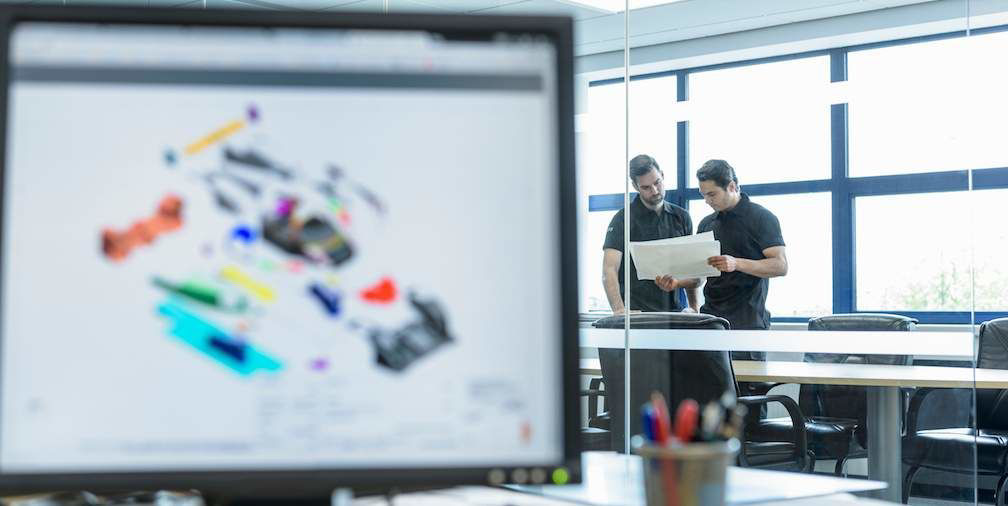Select a province & language
Entrance to this website assumes you have read and agree to these Legal Terms and Conditions and the Privacy Policy.
Entrance to this website assumes you have read and agree to these Legal Terms and Conditions and the Privacy Policy.
A tourist in New York City turns to a musician on the street and asks, “How do you get to Carnegie Hall?” Without pause, the artist quips, “Practice.”
It’s an old joke (and a corny one) but it’s valuable advice. Few people achieve their goals by racing to the finish line. Instead, it’s the small stuff — the constant practice and the little improvements — that bring the greatest rewards.

Enter Kaizen, the Japanese philosophy of continually bettering one's life or business. It began in the mid-1950’s, when American business and manufacturing experts brought their strategies to Japan. Japanese companies like Toyota quickly adopted their visitors’ commitment to improvement. They identified a set of practices they could embed into their workplaces, and then gave this new hybrid concept a name: Kaizen.
Kaizen comes from two Japanese words: Kai (improvement) and Zen (good). It’s a little lost in translation, but over time Kaizen has become widely known as “continuous improvement.”
改 善
Kai Zen
Today, Kaizen’s applications vary wildly. You’ll find practitioners everywhere from sales offices to study halls.
Unlike Pomodoro or bullet journalling, Kaizen is more philosophy than lifehack. There are dozens of books and thousands of consultants who might teach Kaizen slightly differently. But at its core, it’s got a few key components:
Kaizen practitioners are committed to staying aware of their surroundings, and feel empowered to step up and test data-driven alterations — even if doing so disrupts the status quo.
For many people, Kaizen and Toyota are synonymous. Kaizen has long been one of its core principles, and it’s one of the 12 pillars of the company’s famous Toyota Production System.
Kaizen is a smart business philosophy, especially for companies that value innovation like Toyota. The idea of constantly seeking improvement might sound exhausting, but managers and employees that adopt the Kaizen approach tend to create incredibly calm work environments. After all, with Kaizen the goal isn’t more work, it’s better work.

It’s also a vital tool for morale. Kaizen humanizes the workplace, and creates an environment where everyone can contribute, at any time. Instead of punishing employees for identifying setbacks, Toyota managers actually rewards them.
Even if you’re not a Toyota assembly line engineer, the Kaizen approach offers a lot of practical applications.
Think about the last time you went on a no-carb diet, or tried to learn Spanish two months before a trip to Barcelona. Aiming for radical change overnight isn’t particularly effective. We live in a culture of quick fixes, but those who play the long game tend to have the most success.

Let’s say your dream is to be a web developer. Sure, you could enroll in coding courses at the nearest college and spend the lectures dreaming of working remotely on some tropical beach. But once you graduate, you might find that a) you hardly retained anything you were taught and b) you’re still not sure how to find your dream job.
Kaizen practitioners, meanwhile, would take the time to connect with successful developers and find out the best courses to take, the cities to live in, and the people to network with to further their careers. Anytime the Kaizen students felt that the strategy wasn’t quite working — maybe the courses were too simple — they’d take a step back, reassess, and try another approach. And in five years’ time, they’d be coding in Costa Rica.
Looking for a car with Kaizen-driven design? The Corolla iM hatchback has undergone an extensive testing process, resulting in some exciting new features: